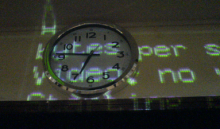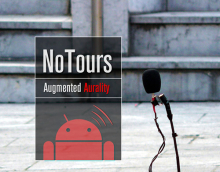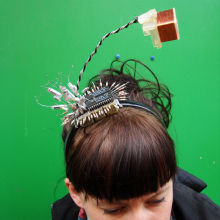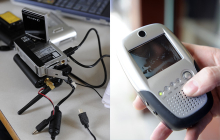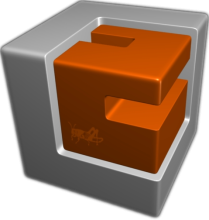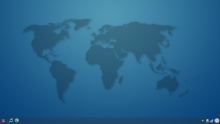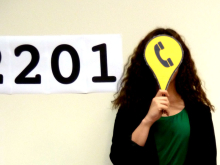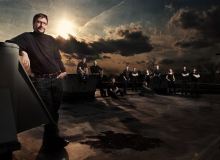Radio Kulturo simultaneously rebroadcasts and remixes the national classical radio station of every member state of the European Union. It is part of a series of works exploring notions of consensus, time and simultaneity utilising Internet streaming media.
download source code url:
http://gitorious.org/radiokulturo
License(s) of work:
Free Art License 1.3 (FAL 1.3)
Software &/or Hardware:


